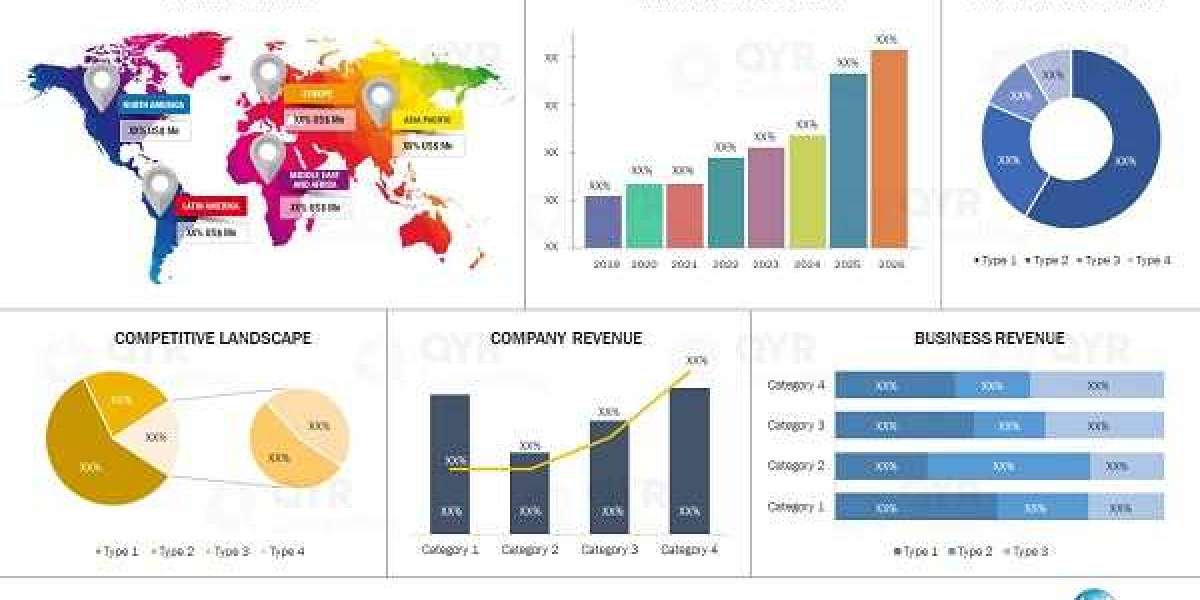The global Ethernet Storage Fabric (ESF) Market is emerging as a transformative force in data center networking, driven by the exponential growth of data volumes and the rising need for high-speed, low-latency storage solutions. As businesses increasingly shift towards cloud-based services, big data analytics, and artificial intelligence workloads, Ethernet-based storage fabrics are becoming essential for modern IT infrastructures. These technologies are rapidly replacing legacy storage networks by providing scalable, efficient, and cost-effective connectivity.
Market Size and Growth Forecast
The Ethernet Storage Fabric Market Size was valued at USD 2.5 billion in 2023 and is projected to reach USD 8.0 billion by 2032, expanding at a compound annual growth rate (CAGR) of 13.79% from 2024 to 2032. This remarkable growth is primarily driven by the increasing demand for high-speed storage networking solutions capable of handling the performance requirements of contemporary data-centric environments. Enterprises are deploying Ethernet storage fabrics to address bottlenecks in data transmission and to streamline access to distributed storage resources.
Key Growth Drivers
The rising adoption of NVMe over Fabrics (NVMe-oF) and the growing popularity of hyper-converged infrastructure (HCI) are major factors fueling the demand for Ethernet storage fabric solutions. As organizations strive for agility and faster data access, Ethernet fabrics offer a compelling alternative to traditional Fibre Channel-based systems. The simplicity of Ethernet-based networks, combined with improvements in network speed (25/50/100GbE and beyond), has made them ideal for modern workloads that demand high throughput and minimal latency. Furthermore, the transition to software-defined data centers is increasing reliance on Ethernet-based fabrics for flexibility and cost-efficiency.
Technology Innovations and Applications
Advancements in software-defined networking (SDN), data center bridging (DCB), and low-latency Ethernet protocols are enabling more efficient implementation of storage fabrics. The use of NVMe-oF over Ethernet enhances data performance and reduces overhead compared to legacy storage protocols. Ethernet storage fabrics are increasingly being utilized across a wide range of applications including cloud computing, content delivery networks, edge computing, and enterprise backup systems. Their capability to seamlessly scale and support diverse storage protocols makes them a vital component in the digital transformation strategies of large-scale enterprises.
Regional Market Insights
North America dominates the Ethernet Storage Fabric market, primarily due to the presence of major cloud service providers, hyperscale data centers, and tech companies in the United States and Canada. The region's early adoption of next-generation networking technologies and high IT spending contribute significantly to market growth. Europe is also witnessing robust growth, with countries such as Germany, the UK, and France investing in high-speed data infrastructure to support digital business models and industrial automation.
The Asia-Pacific region is projected to experience the fastest growth during the forecast period. Rapid digitalization, expanding cloud ecosystems, and increasing data center construction in countries like China, India, and Japan are key drivers. Government initiatives promoting digital infrastructure and the proliferation of online services are further accelerating the adoption of Ethernet storage fabrics. Emerging economies in Latin America and the Middle East Africa are also investing in modern data centers, making them promising future markets.
Competitive Landscape and Key Players
The Ethernet Storage Fabric market is characterized by intense competition and innovation. Leading players are focusing on developing advanced switching hardware, optimizing network protocols, and offering software-defined solutions tailored to enterprise needs. Major companies such as Cisco Systems, Broadcom Inc., Juniper Networks, Dell Technologies, and Huawei Technologies are leveraging partnerships, acquisitions, and RD investments to strengthen their market positions. Vendors are also aligning their offerings with emerging demands such as AI workloads, edge computing, and hybrid cloud integration to capture new growth opportunities.
Conclusion
The Ethernet Storage Fabric Market is on a trajectory of rapid growth, fueled by the escalating demand for high-performance, low-latency, and scalable storage networking solutions. As organizations continue to embrace digital transformation, AI-driven applications, and cloud-native environments, Ethernet storage fabrics are poised to play a critical role in enabling agile, efficient, and future-proof data infrastructure. With ongoing innovations and a broadening range of use cases, the market is set to redefine the landscape of data connectivity in the coming decade.
Read More Insights @ https://www.snsinsider.com/reports/ethernet-storage-fabric-market-6479
Contact Us:
Jagney Dave - Vice President of Client Engagement
Phone: +1-315 636 4242 (US) | +44- 20 3290 5010 (UK)











